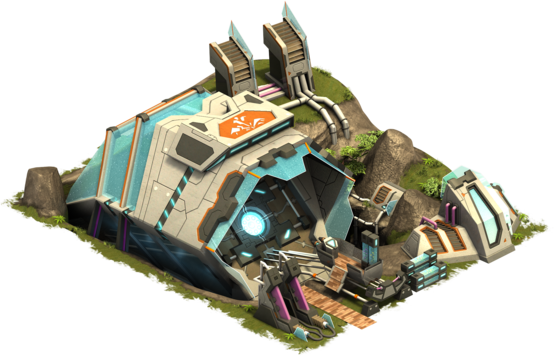

Other seed samples came from genebanks in Canada and Switzerland as well as international genebanks in Colombia, Mexico and Syria. Among the new seeds included were 32 varieties of potatoes from Ireland's national genebanks and 20,000 new samples from the U.S. Īs part of the Seed Vault's first anniversary, more than 90,000 food crop seed samples were placed into storage, bringing the total number of seed samples to 400,000. The Seed Vault officially opened on 26 February 2008, although the first seeds arrived in January 2008. The FAO Commission on Genetic Resources for Food and Agriculture endorsed the initiative and in October 2004 the Norwegian Government committed to fund the Seed Vault and begin the construction. Īlso in 2004, the ITPGRFA entered into force and created the legal framework for having one international security facility. They conducted a feasibility study in 2004 and concurred that Svalbard was an appropriate location for long-term storage. Ī team led by conservationist Cary Fowler, in association with CGIAR, actively campaigned for the development of the Seed Vault and approached the Norwegian Government. The Treaty establishes a multilateral system for plant genetic resources that includes providing access to the materials and providing mechanisms so that those who use the resources can share any derived benefits. In 2001, the International Treaty on Plant Genetic Resources for Food and Agriculture (ITPGRFA) was adopted and national governments began to ratify the Treaty soon after. In 1984, the Nordic Gene Bank (now NordGen) began storing backup Nordic plant germplasm via frozen seeds in an abandoned coal mine outside of Longyearbyen. The vault has been depicted in several films and other art forms, including Marcus Paus’ children's opera Children of Ginko.Įntrance to the Seed Vault taken in February 2020.
Doomsday vault wiki free#
Storing seeds in the vault is free to depositors. Norway and the Crop Trust pay for operational costs. The Norwegian government entirely funded the Seed Vault's approximately 45 million kr ( US$8.8 million in 2008) construction cost. The Seed Vault is managed under terms spelled out in a tripartite agreement among the Norwegian Government, the Crop Trust, and the Nordic Genetic Resource Center (NordGen). This provides security of the world's food supply against the loss of seeds in genebanks due to mismanagement, accident, equipment failures, funding cuts, war, sabotage, disease and natural disasters.

The Seed Vault provides long-term storage of duplicates of seeds conserved in genebanks around the world. The Svalbard Global Seed Vault ( Norwegian: Svalbard globale frøhvelv) is a secure backup facility for the world's crop diversity on the Norwegian island of Spitsbergen in the remote Arctic Svalbard archipelago. The soil, the nutrients, the pollinators, the clean water…all of these are equally as important and it seems to me that we need to start making an insurance policy for each of these factors. Sure, seeds are a pretty important part of the system but think about all of the other components. To me this is a strange statement because while this is a very cool (no pun intended) idea, believing that these seed collections are an insurance policy, a fallback when we hit rock bottom, is a difficult concept to swallow.įood production is so much more than seeds. I’m going to quote the Global Crop Diversity Trust here: “The Vault can therefore be considered the ultimate insurance policy for the world’s food supply.” If you’re a seed keeper, you know what happens if seeds start to warm up after being kept cold. Why the mountains? To keep it cool if ever there should be a power outage. And if you’ve never heard of this island, you’re not alone. The facility is located in a frozen mountain on an island in the Svalbard archipelago. It is currently responsible for the protection of over 800,000 samples from over 20,000 different crops. Officially named the Svalbard Global Seed Vault, its purpose is to harbour samples of the world’s crops. What do we do now?Įurope’s ahead of the curve (aren’t they always!).

We will go to the stores, browse the online or paper catalogues, and rummage through our well-stocked seed boxes to plan our gardens for a new season.īut what if we didn’t have seeds to rummage through or peruse at the stores? What if the world literally ran out of seeds? A natural disaster, serious human error, or other mishap has wiped out our seed stocks. Many of us are starting to think about our vegetable gardens, starting seeds, and transplanting seedlings.


 0 kommentar(er)
0 kommentar(er)
